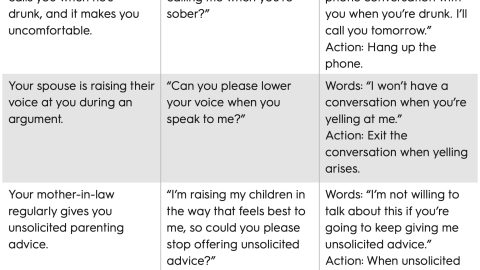
Commitment can be a big deal in relationships, but for some folks, the thought of committing can be downright scary. The fear of commitment is a complex issue with various factors at play, including something called attachment style. In this blog post, we’ll dive into what causes this fear and focus on one specific attachment style called “avoidant attachment,” which can make committing feel like climbing Mount Everest.
The fear of commitment can show up differently for different people, but at its core, it’s all about being afraid of getting too close, vulnerable, or dependent on someone else. People dealing with this fear often struggle with the idea of long-term commitments like marriage or even just opening up emotionally in a relationship.
Attachment theory tells us that our early experiences shape our attachment styles, affecting our relationships later in life. There are four main attachment styles: secure, anxious-preoccupied, dismissive-avoidant, and fearful-avoidant. We’ll focus on the dismissive-avoidant style here, which is closely linked to the fear of commitment.
Folks with a dismissive-avoidant style tend to downplay their emotional needs and keep their distance in relationships. This attachment style often develops as a defense mechanism in response to early experiences of neglect or rejection. They might have seen or been in relationships where emotional support was lacking or felt like they were left hanging.
Studies have looked into the connection between dismissive-avoidant attachment and fear of commitment, giving us some valuable insights. It turns out that people with this attachment style often have negative beliefs about relationships and worry about losing their freedom or independence. Commitment feels like being stuck or controlled, which is a huge turn-off for them.
Overcoming the fear of commitment takes self-reflection, understanding, and good communication, either with a supportive partner or a therapist. Here are a few strategies that can help those with a dismissive-avoidant style navigate their commitment fears:
- Know Yourself: Be aware of your attachment style and how it affects your relationships. Recognize that the fear of commitment is a defense mechanism, but also know that it’s not set in stone and can be overcome with some soul-searching and effort.
- Talk it Out: Have open conversations with your partner about your fears and
concerns. When you communicate honestly and kindly, it builds trust and helps both of
you understand each other’s needs. Together, you can find a commitment level that
works for both parties. - Seek Help: Don’t be afraid to reach out for professional support. Couples therapy or
individual counseling can provide guidance in understanding your attachment style,
exploring past experiences, and developing healthier ways to cope. Therapists can be
superheroes in helping you tackle commitment fears. - Take It Slow: Instead of rushing into commitment, try taking small steps. Gradual
progress allows you to feel more secure and in control, building trust and comfort
within the relationship over time. - Work on Yourself: Engage in self-reflection and personal growth. Challenge negative
beliefs about relationships, be kind to yourself, and work on building a stronger sense of
self. This process helps you develop healthier relationship patterns and a more secure relationship style.
The fear of commitment, especially for those with a dismissive-avoidant attachment style, can present significant challenges in relationships. By understanding attachment styles, particularly the dismissive-avoidant style, individuals can gain insight into their fears and take steps to overcome them. With self-awareness, open communication, professional help, taking it slow, and personal growth, it’s possible to address the fear of commitment and create healthier, more fulfilling relationships.
Remember, everyone’s journey is unique, and seeking guidance from professionals can provide personalized support in navigating attachment and commitment. With time, patience, and a willingness to explore and grow, individuals can develop a more secure attachment style and embrace the joys of committed and intimate relationships. So don’t let the fear hold you back—take that leap of faith and see where commitment can take you!










Recent Comments